The OnePlus 9 first appeared on the market the end of March 2021. We present here some of its key results in our array of comprehensive Display protocol tests.
Key display specifications:
- 6.55-inch fluid AMOLED display
- Resolution: 1080 x 2400 (402 ppi)
- Aspect ratio: 20:9
- Refresh rate: 120 Hz
- Qualcomm Snapdragon 888 5G (5 nm) chipset
About DXOMARK Display tests: For scoring and analysis in our smartphone and other display reviews, DXOMARK engineers perform a variety of objective and perceptual tests under controlled lab and real-life conditions. This article highlights the most important results of our testing. Note that we evaluate display attributes using only the device’s built-in display hardware and its still image (gallery) and video apps at their default settings. (For in-depth information about how we evaluate smartphone and other displays, check out our articles, “How DXOMARK tests display quality” and “A closer look at DXOMARK Display testing.”)
Test summary
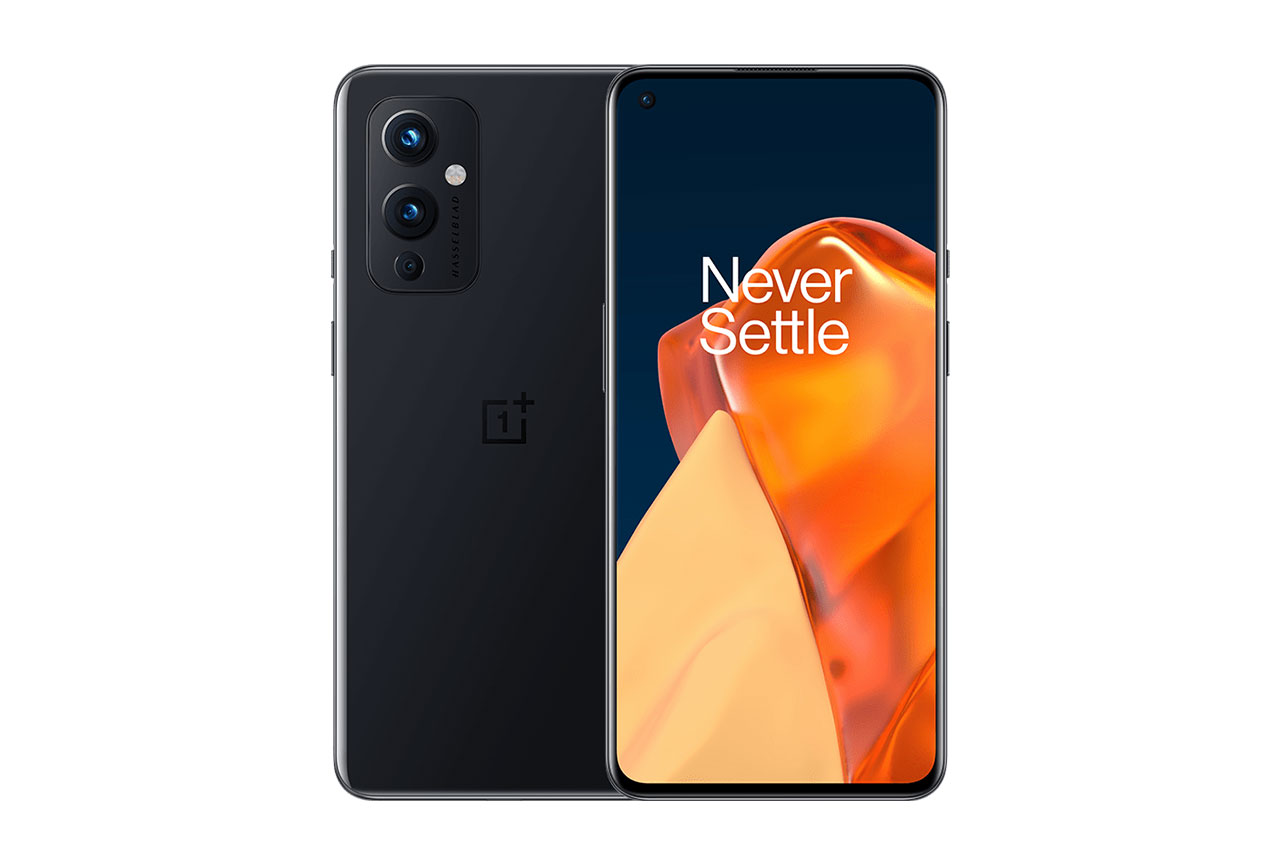 OnePlus 9
OnePlus 9


 31st
31st
 7th
7th
Pros
- Colors are faithfully rendered, especially in indoor conditions.
- Touch is accurate across the entire display surface.
- The device feels smooth in most tested conditions (playing video games, browsing the web, swiping through pictures in the gallery app).
Cons
- Brightness is low and dark details are lost when watching HDR10 content.
- Darker details are difficult to distinguish and brightness is low, especially outdoors in shade and under sunlight.
- Video frame drops are visible.
The OnePlus 9 put in an outstanding performance for touch smoothness and accuracy, as well for faithful color rendering. However, its overall score took a hit due to readability and video scores that were adversely affected by low brightness at the device’s default settings.

With respect to color, a slight pinkish cast is visible in indoor conditions and outdoors under sunlight.
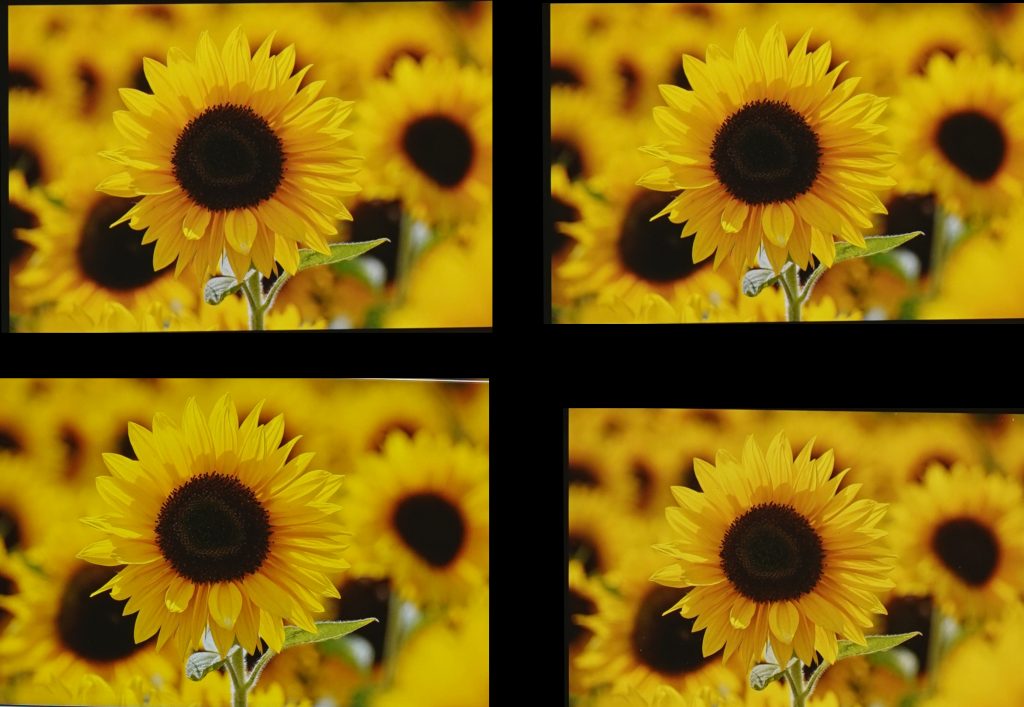
The OnePlus 9 has quite accurate color fidelity overall, as illustrated in the chart of the P3 color space (below left). The center of each circle in the chart is the target color; the further the tip of the arrow is outside of the circle, the more users will notice the difference between the color on the display and the original color of the source material.

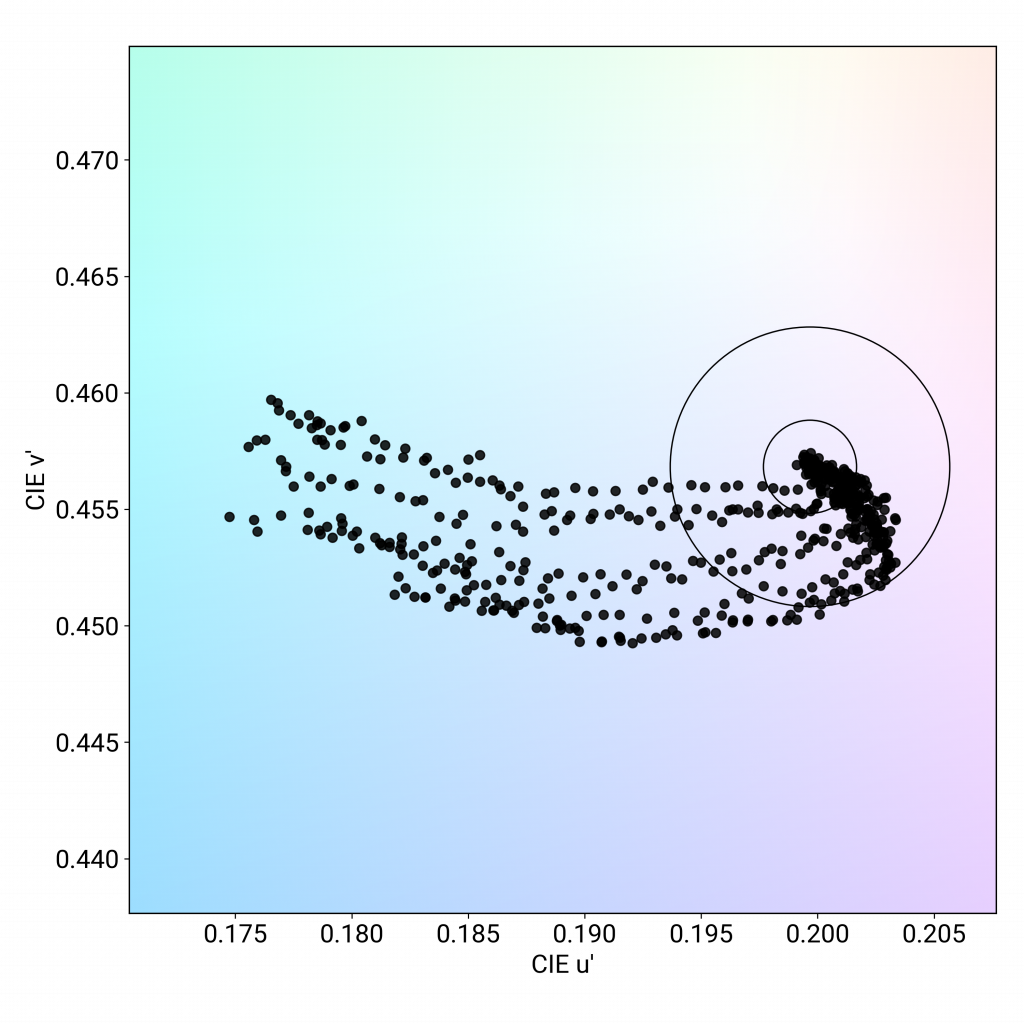
When viewed on angle, the OnePlus 9’s white point shifts to pink.
The OnePlus 9’s brightness is low when watching HDR10 content. Midtone contrast is acceptable but impacted by the low brightness, and dark details are missing in HDR10 content. But video color is quite faithful, as are skin tones.
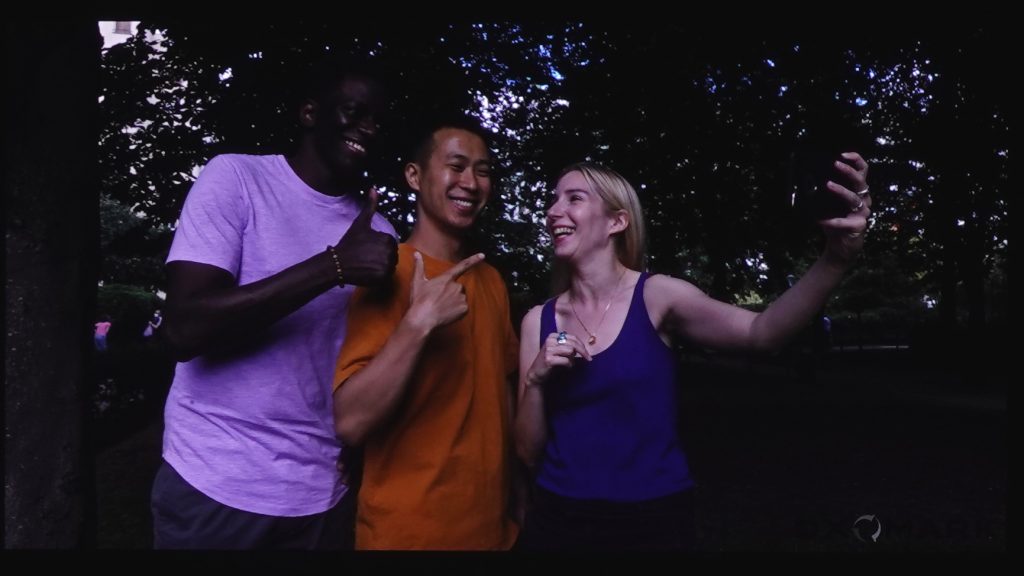

The OnePlus 9 shows several frame drops and stutters at 30 fps (below left) and a few stutters at 60 fps (below right), but no frame drops were noticed when playing video games. Motion blur is well managed. When moving forwards or backwards in a video, a slight jump is visible before the device resumes playback.

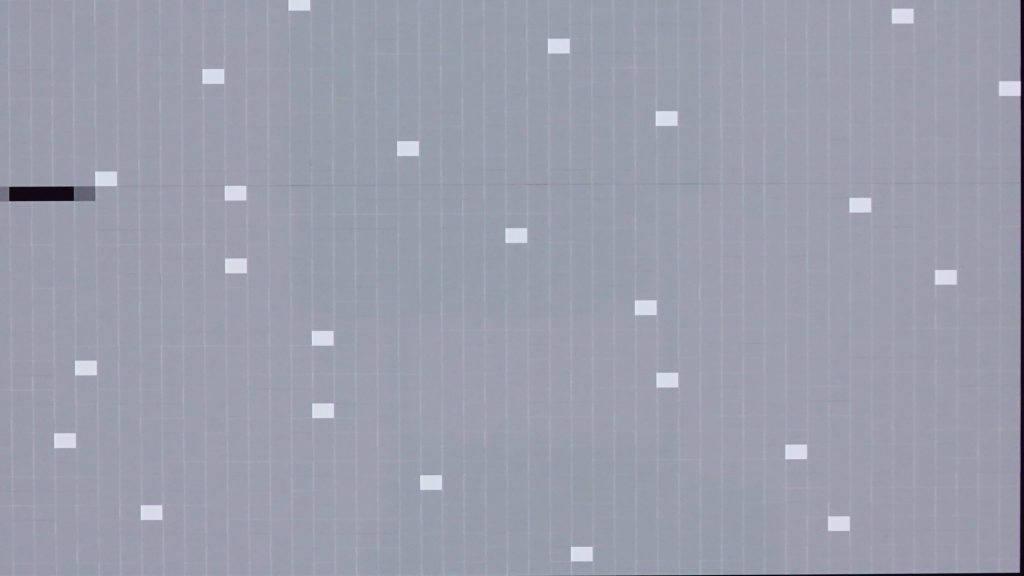
The OnePlus 9 is among the best in our database for touch accuracy, with responsive edges and corners. Further, it is smooth when browsing, when in the gallery app, and when gaming.
In terms of artifacts, the OnePlus 9 managed judder fairly well at 24 fps, but stutters were visible. No judder was visible at 30 and 60 fps, but a few frame drops occurred.
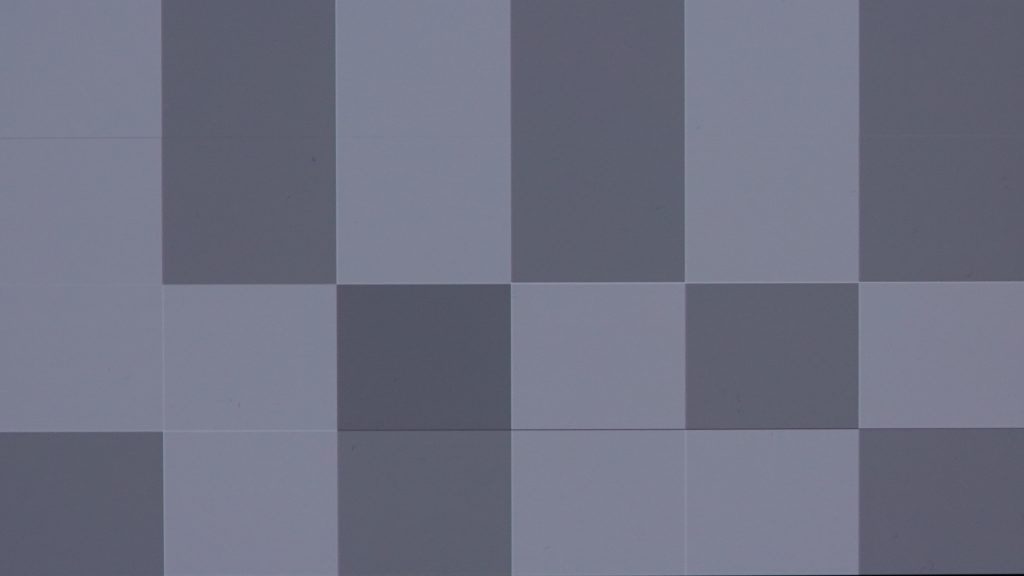


The OnePlus 9 reacts to ghost touches from time to time, and aliasing is visible when playing video games, as illustrated below.


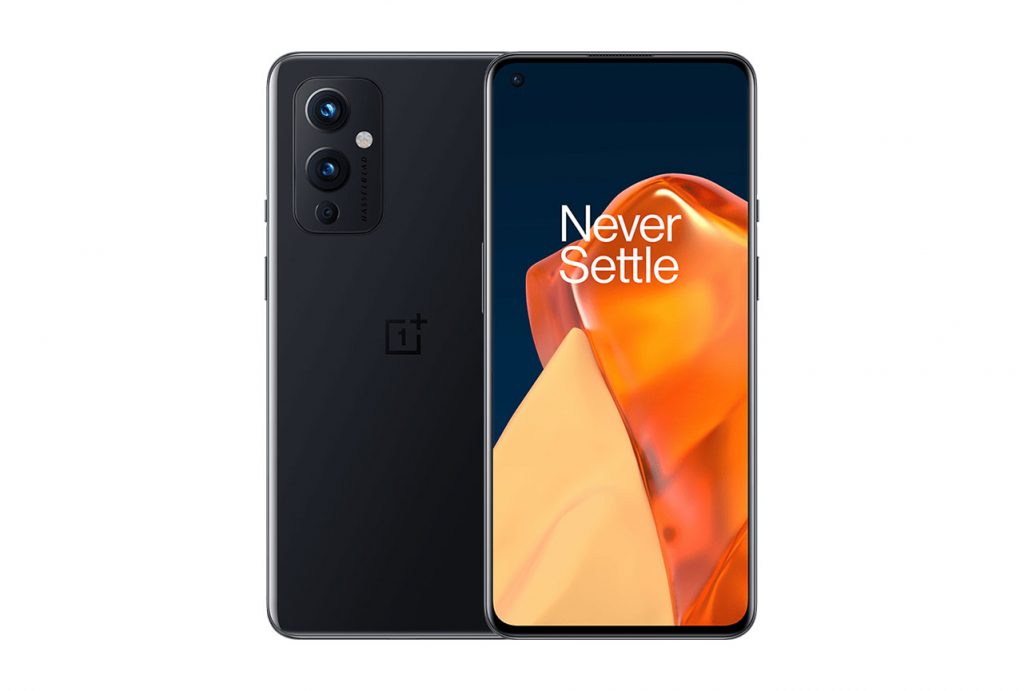


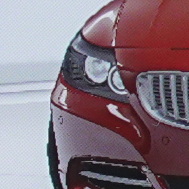

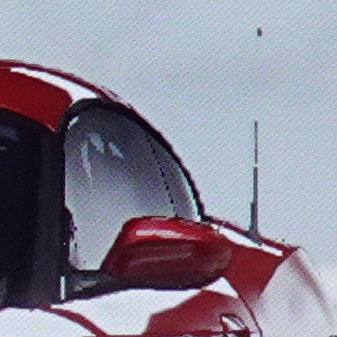
DXOMARK encourages its readers to share comments on the articles. To read or post comments, Disqus cookies are required. Change your Cookies Preferences and read more about our Comment Policy.